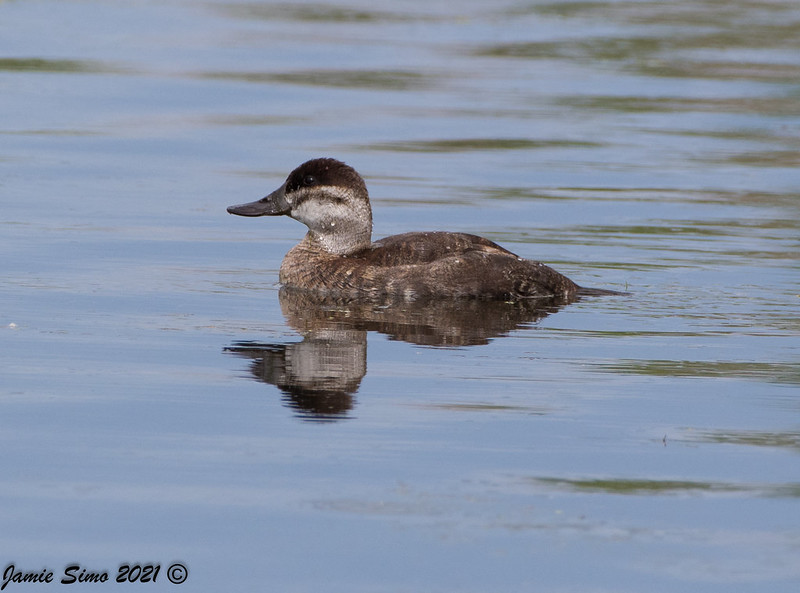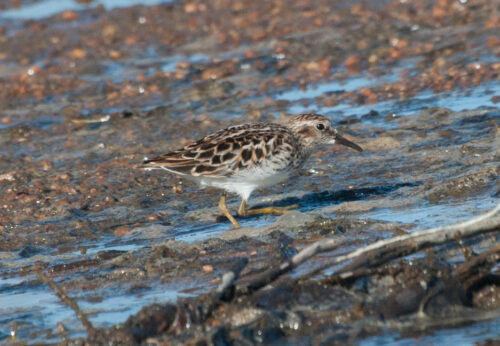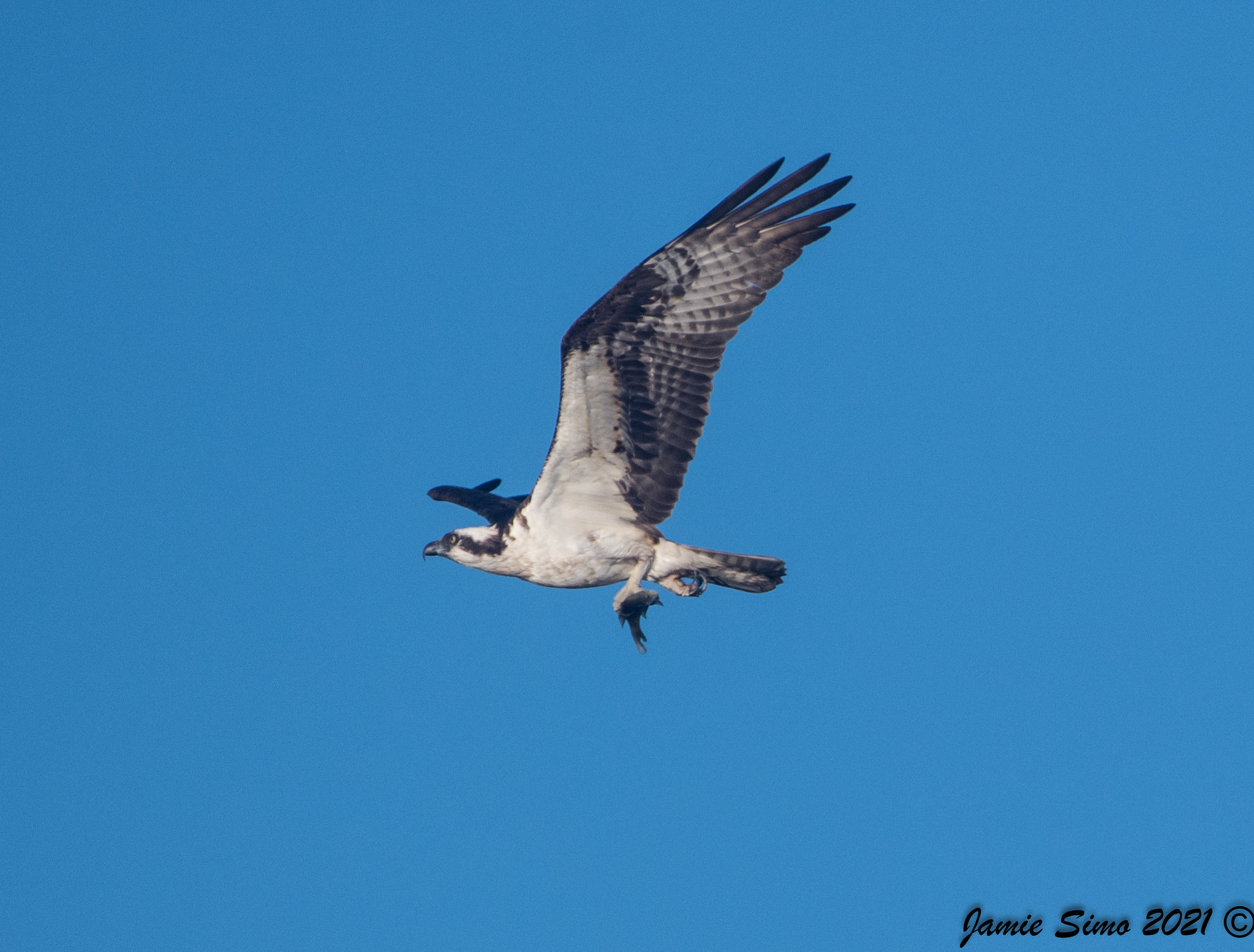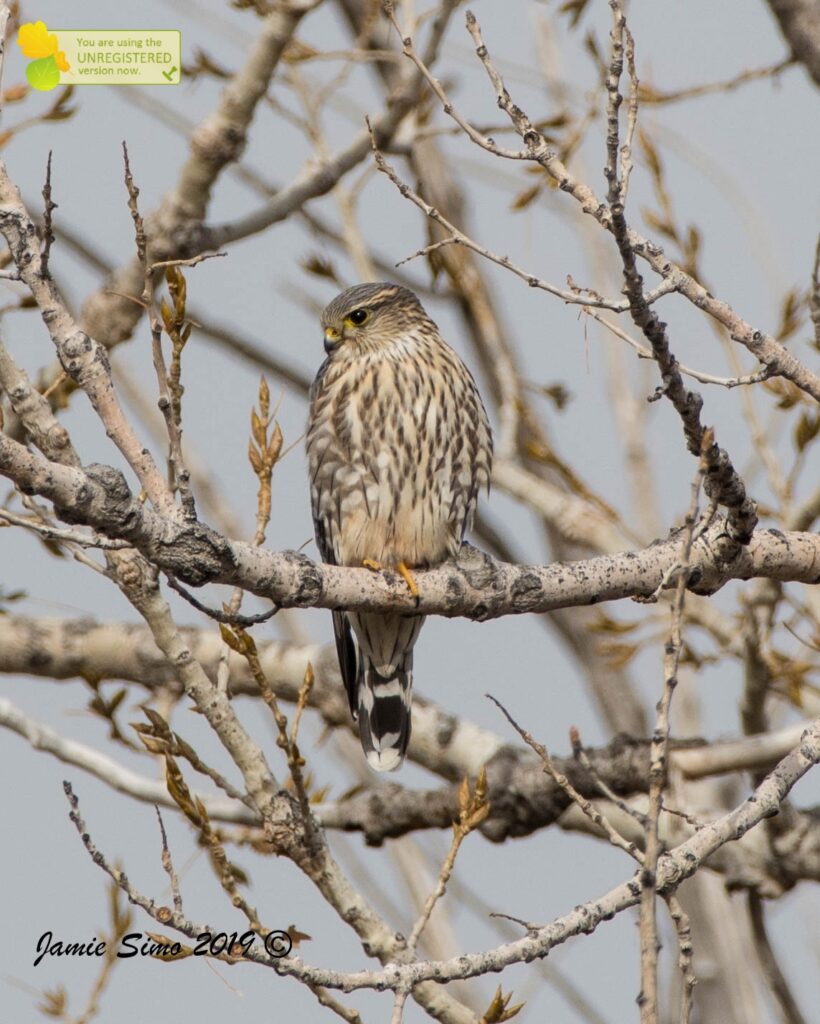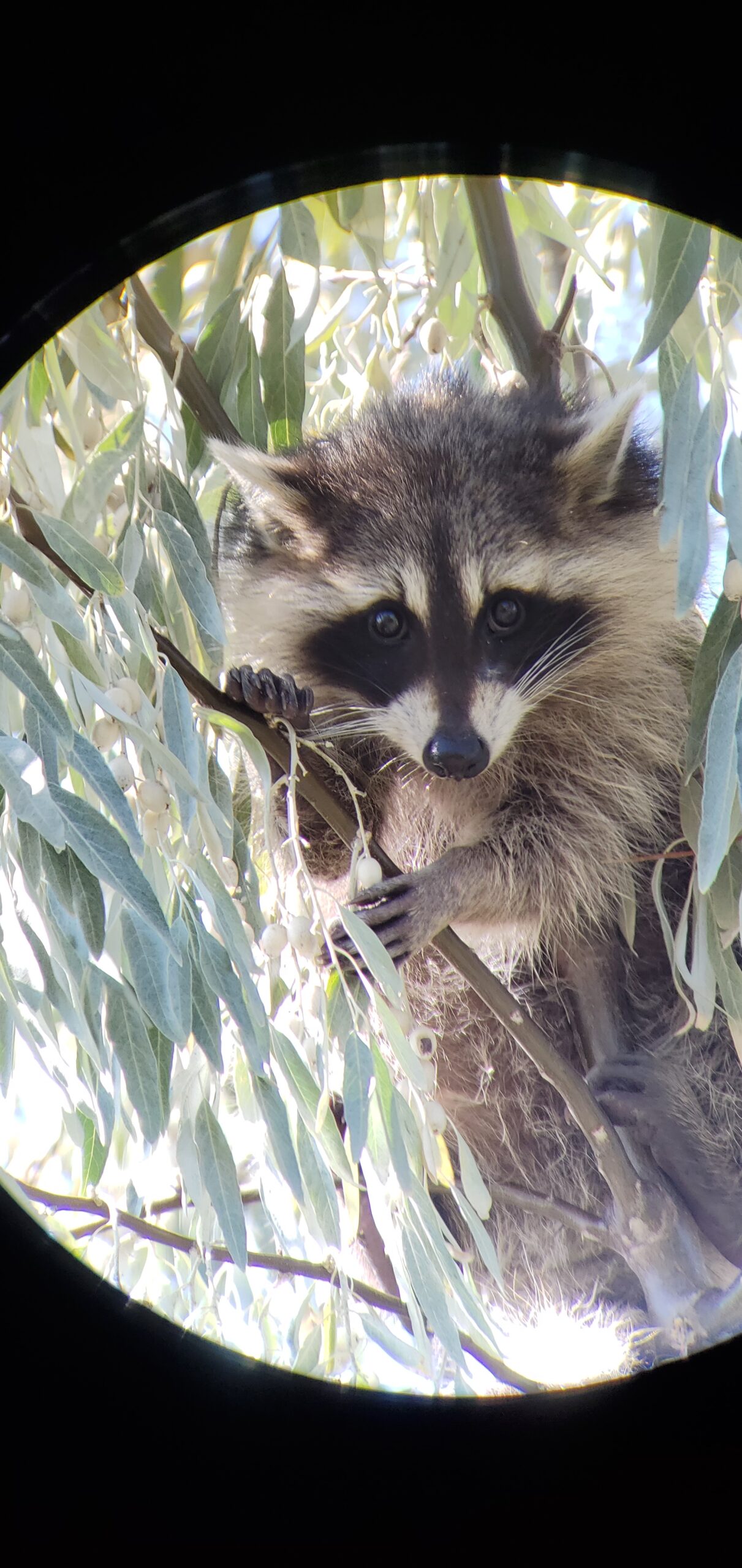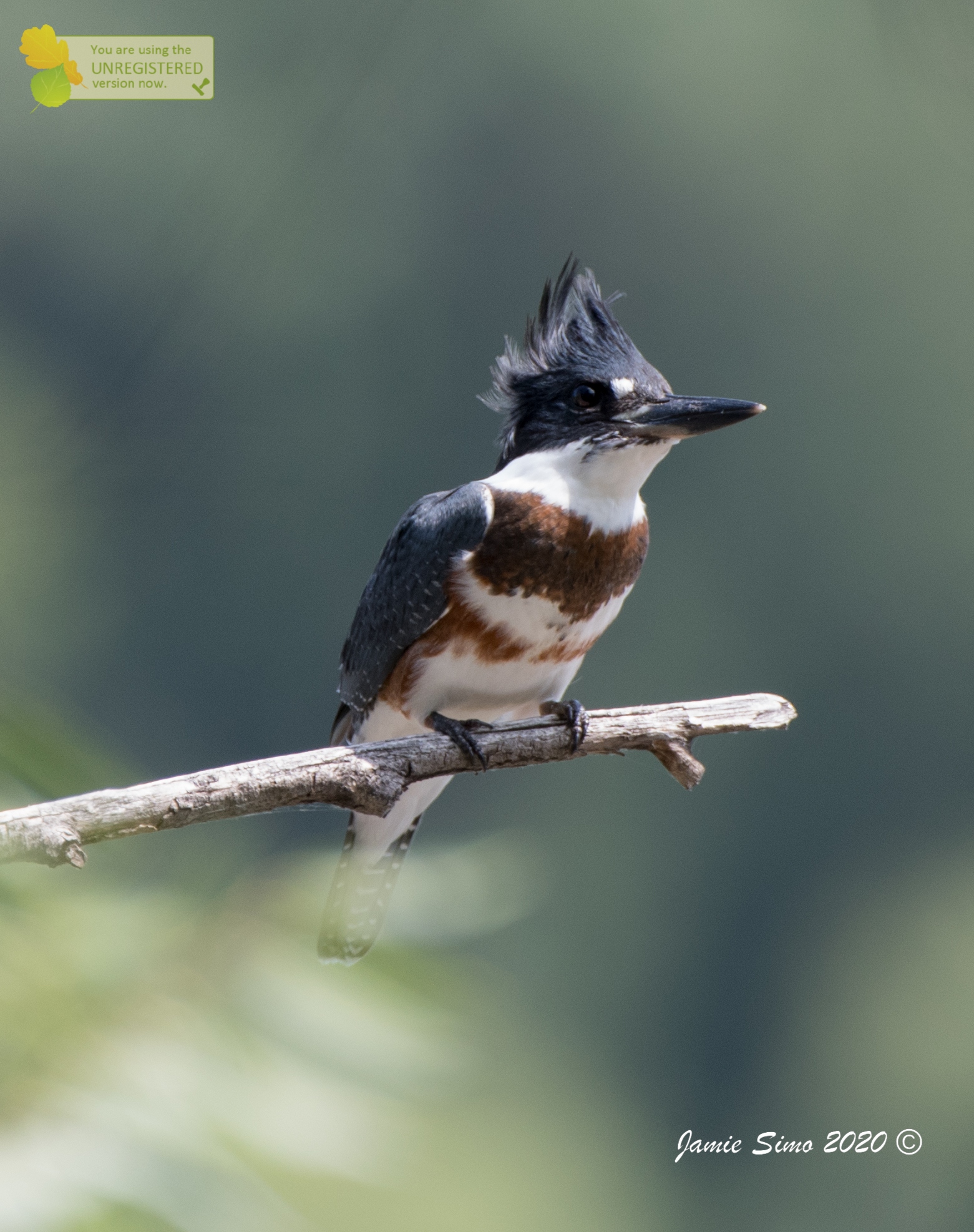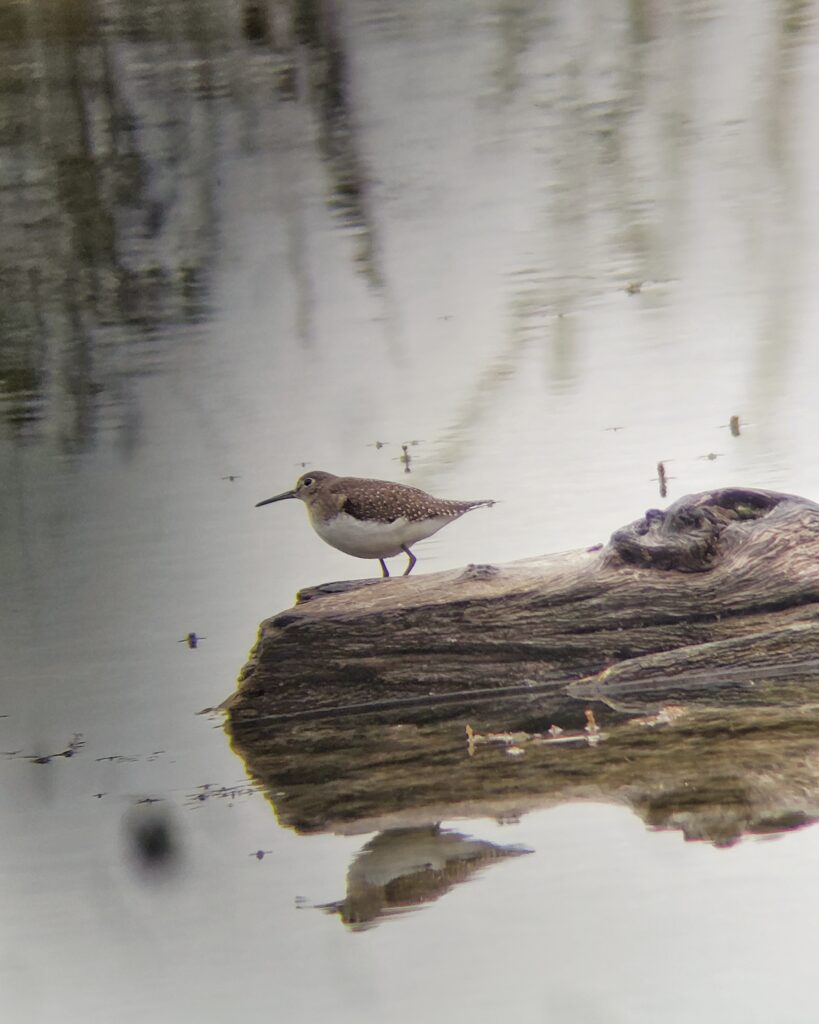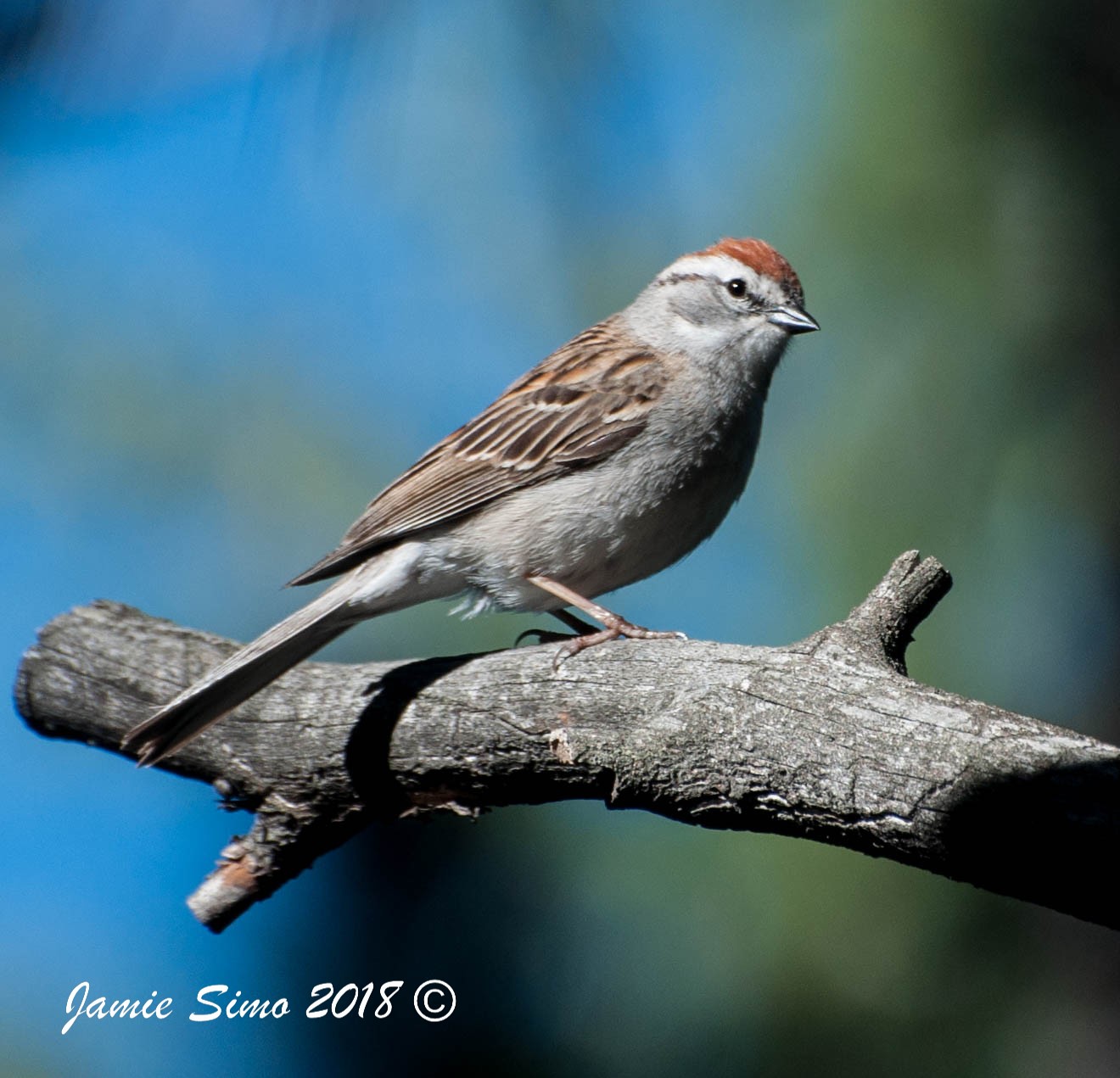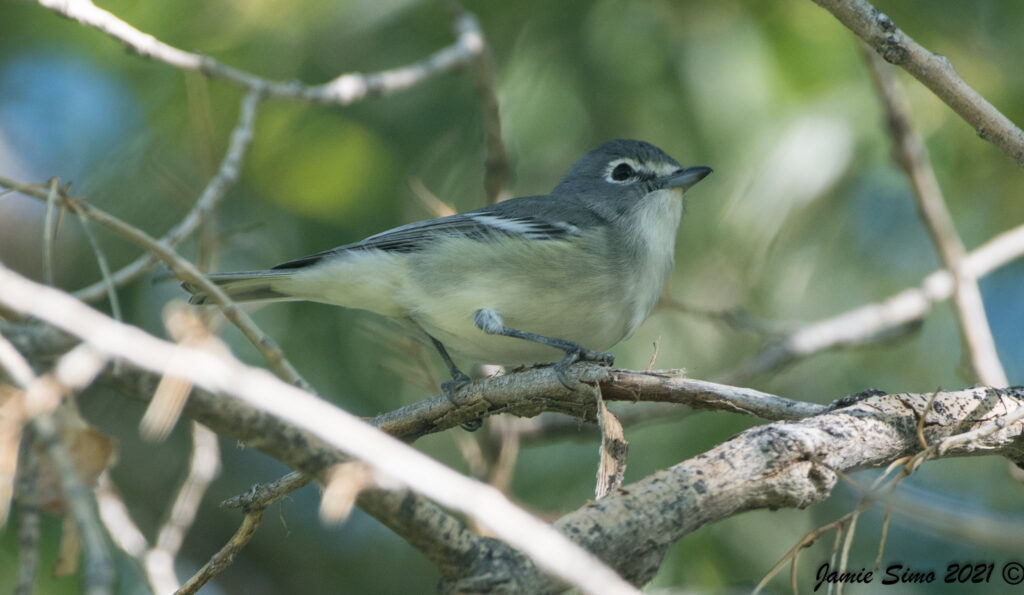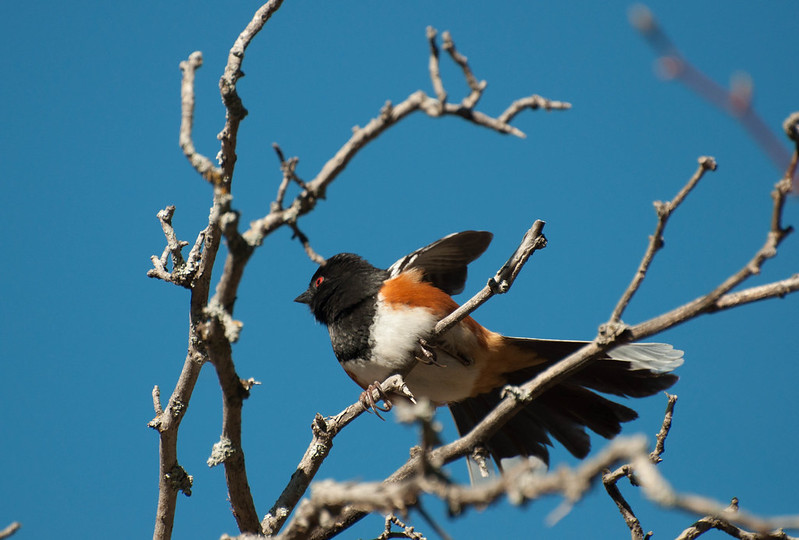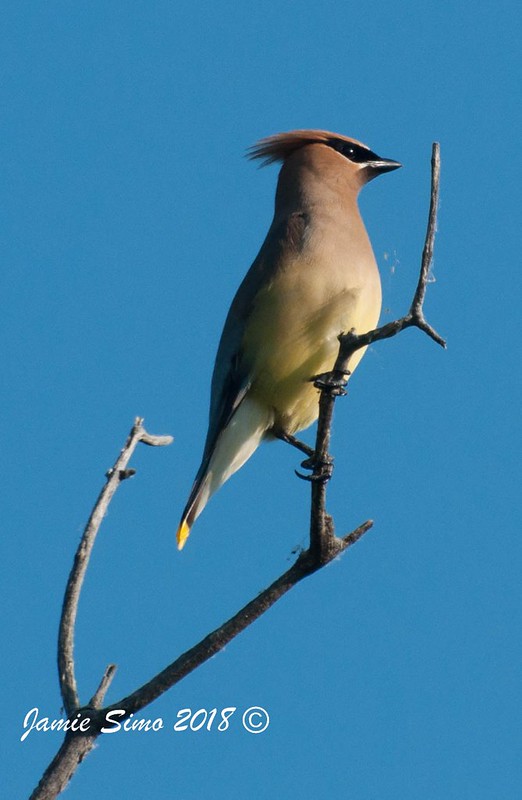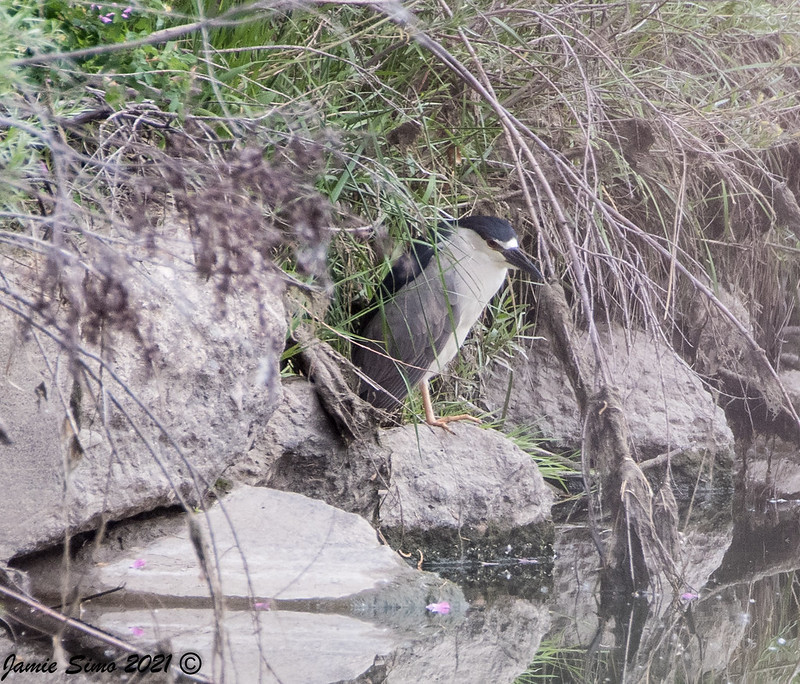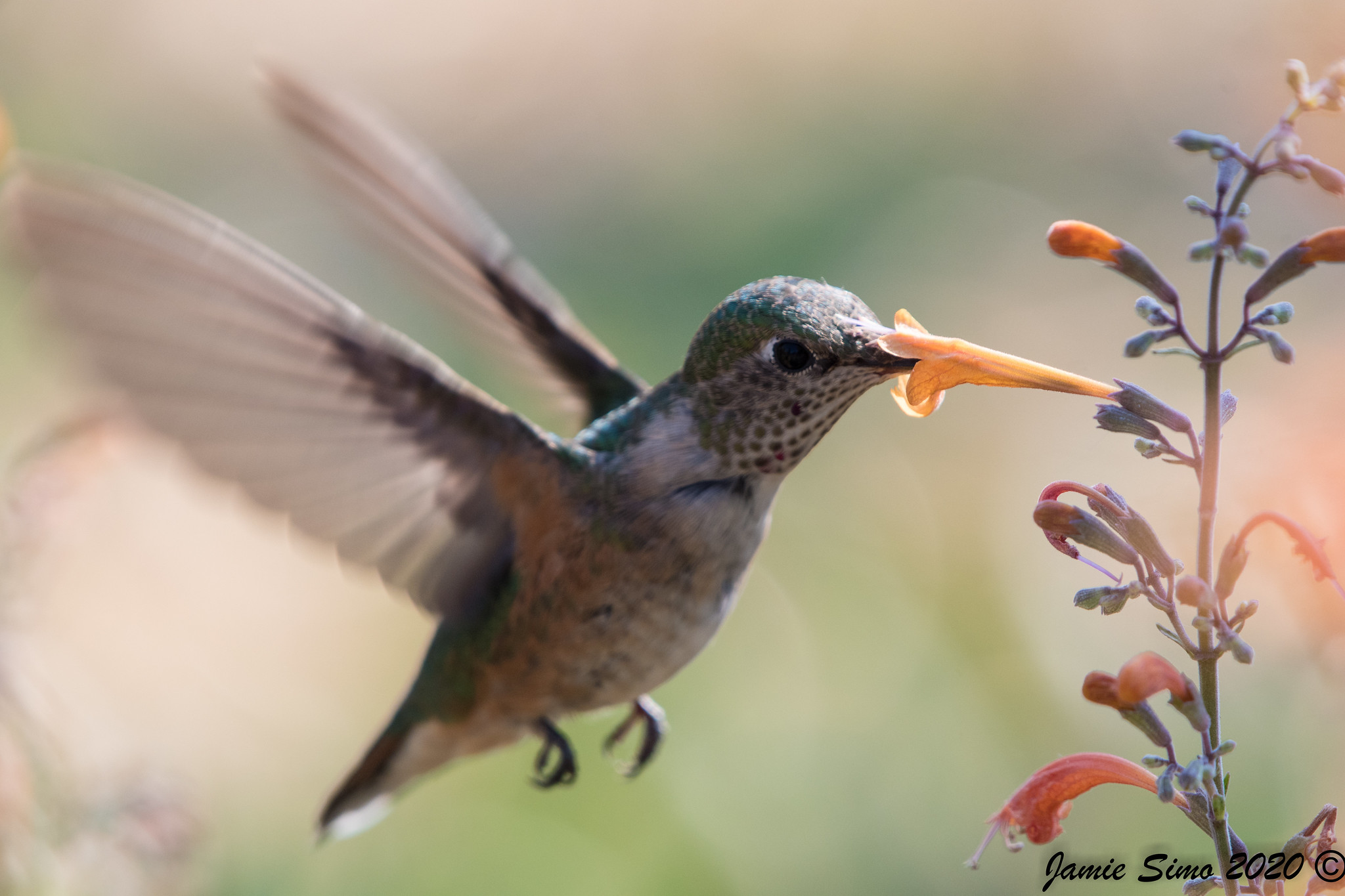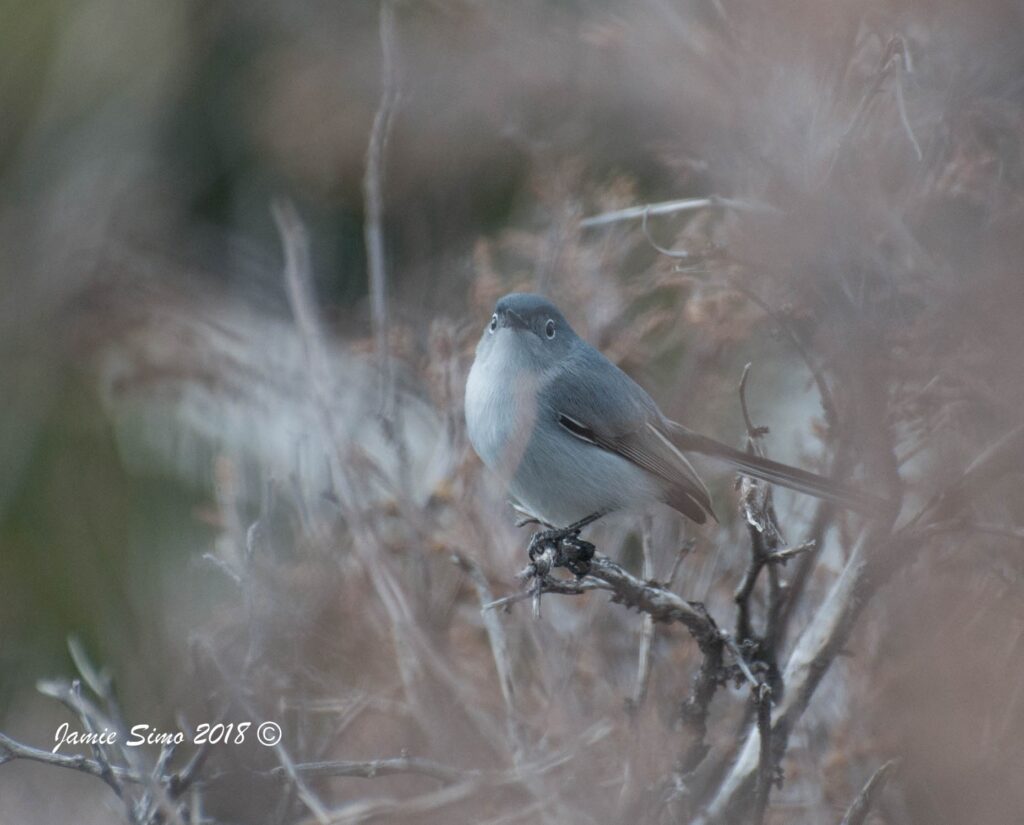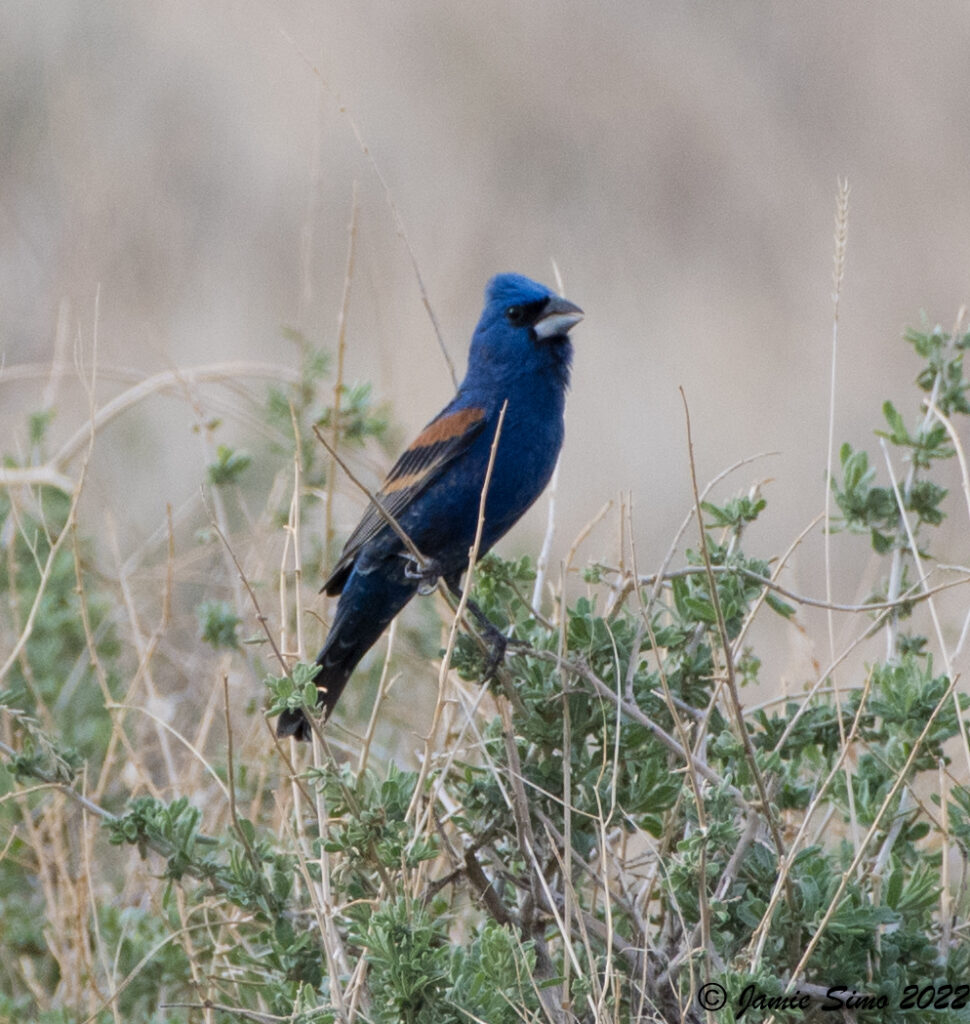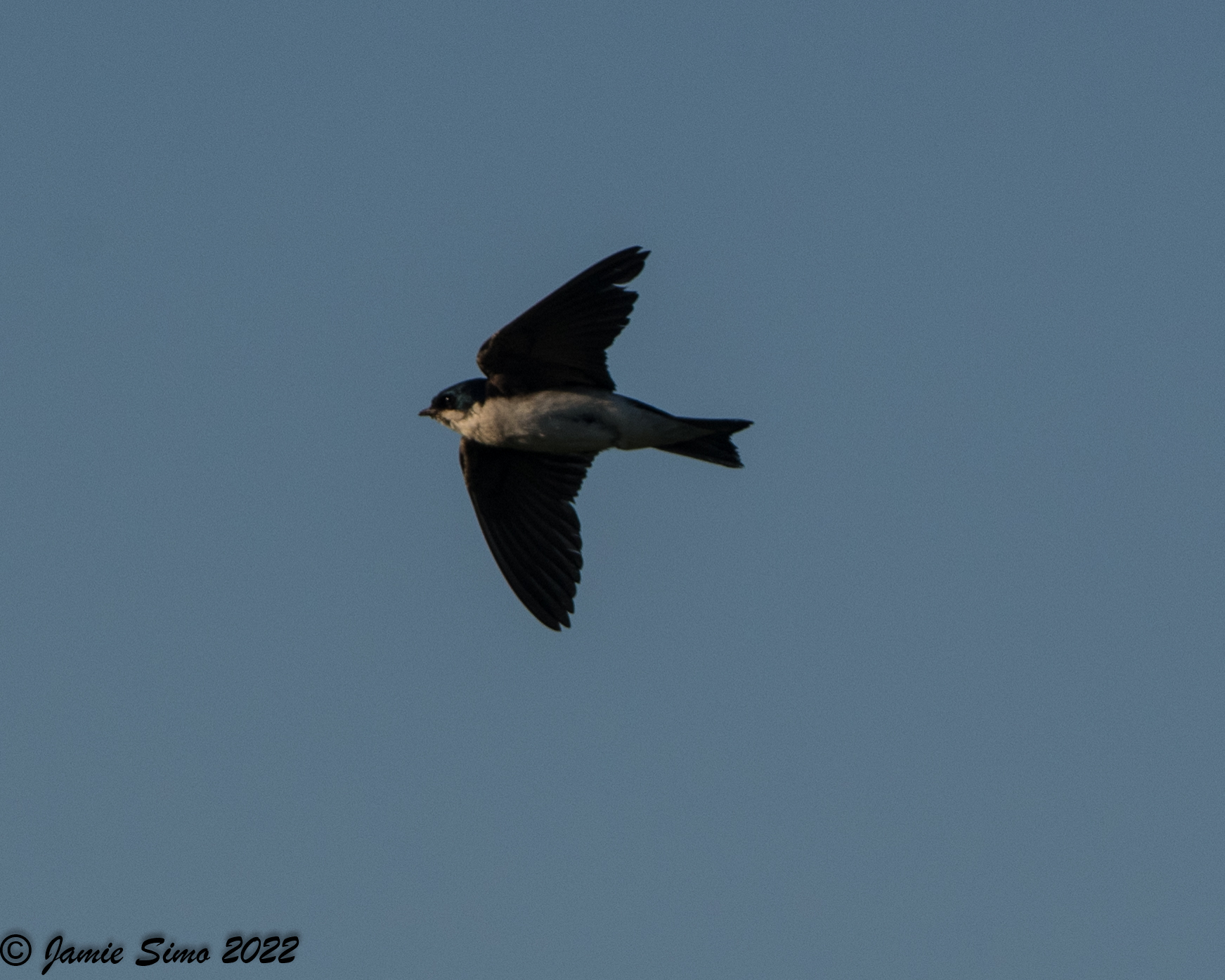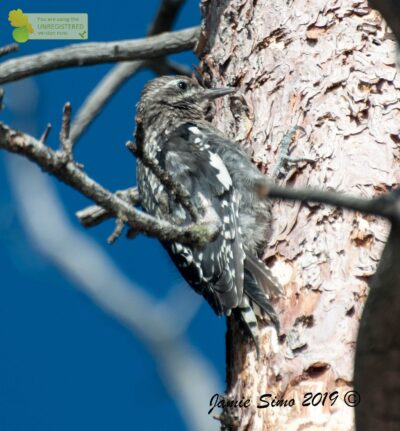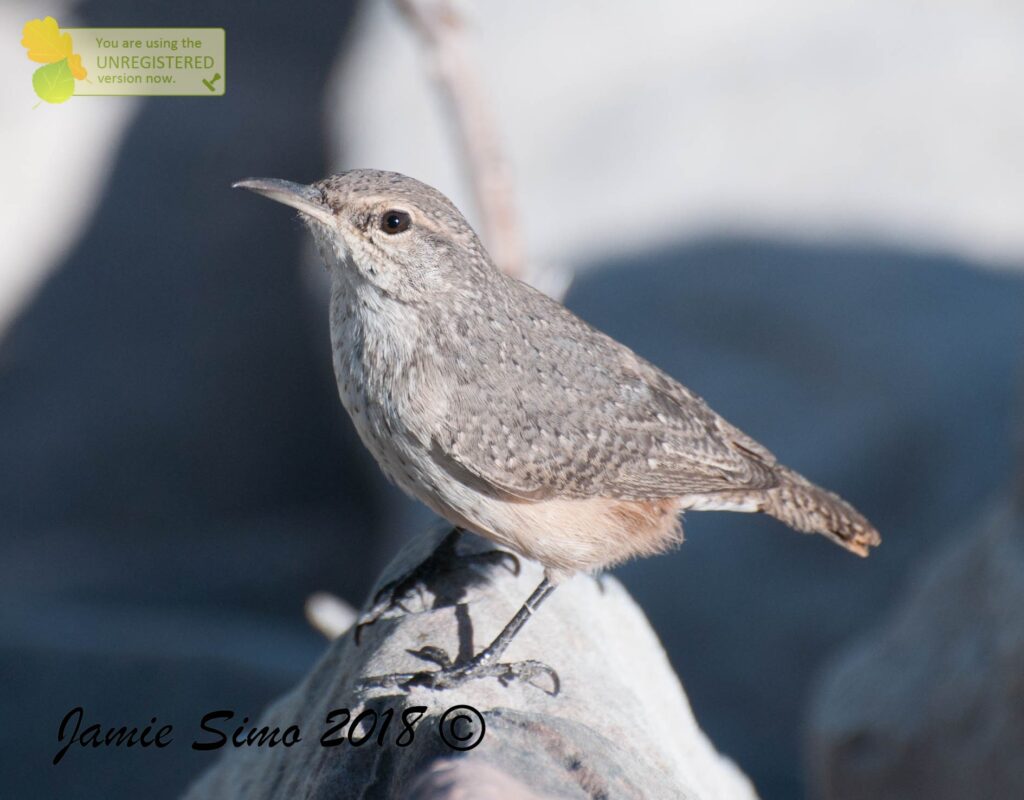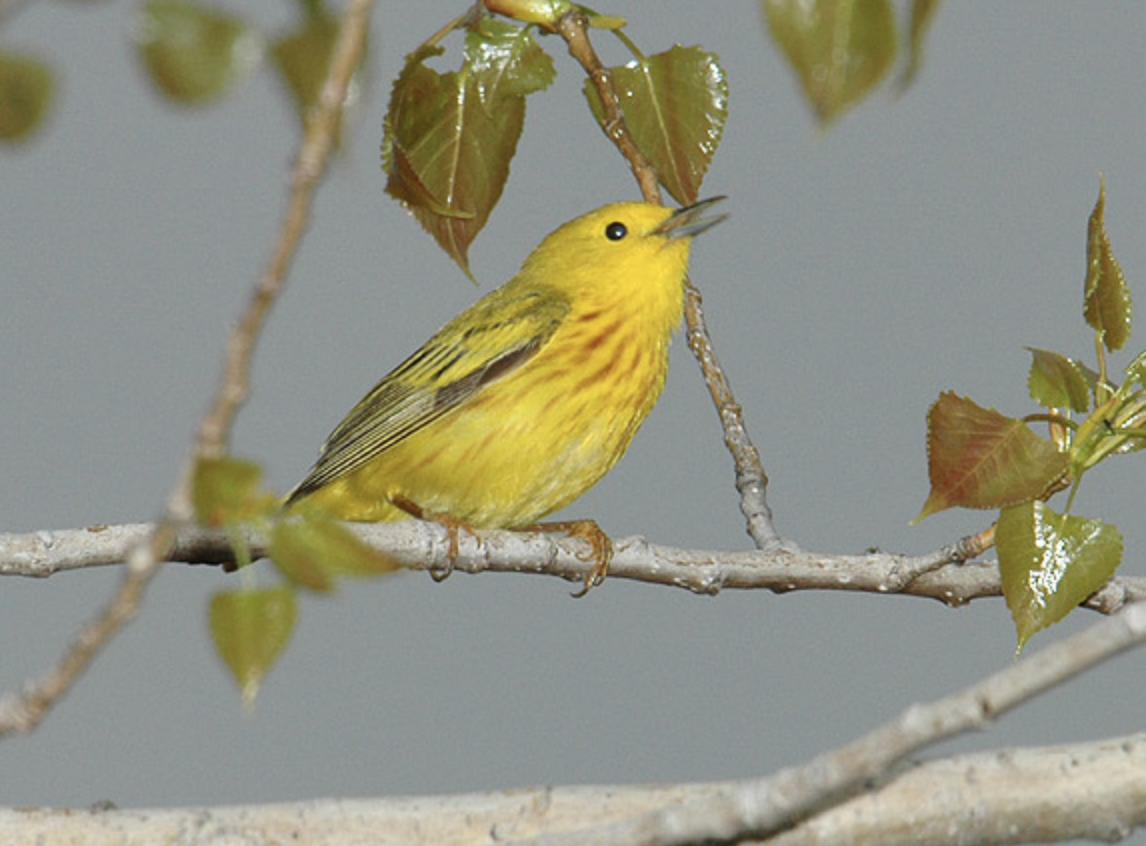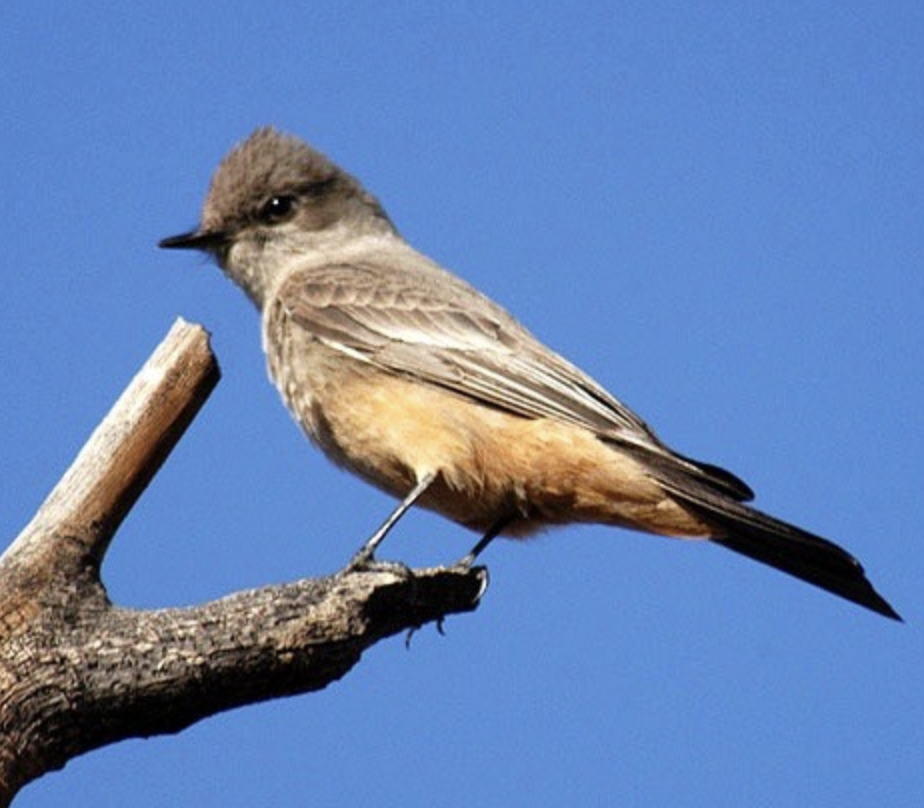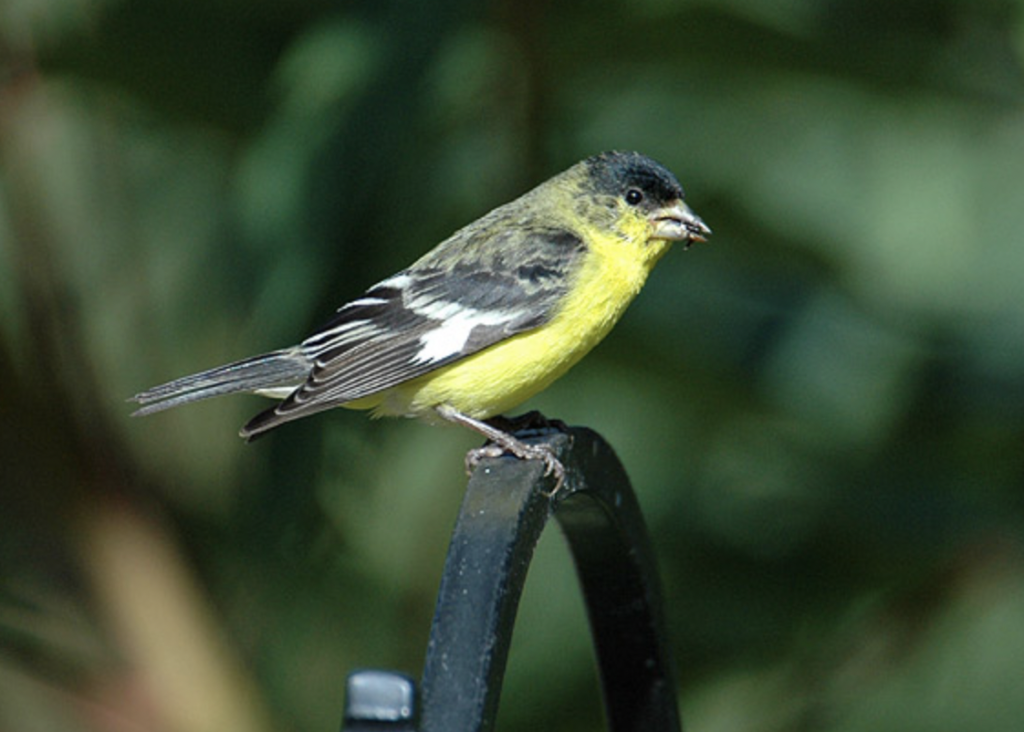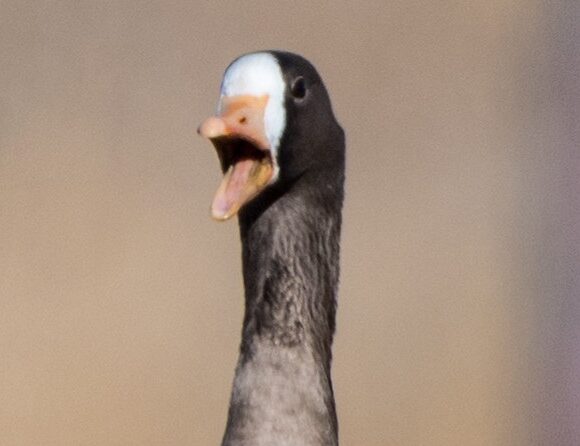
Milavec Reservoir in Frederick, CO has always been a reliable place for good, close views of ducks and geese in the winter. So I was initially disappointed that there weren’t more birds on the water when we climbed the steps from the parking lot. My disappointment didn’t last long, however. I guess the birds were just waiting for it to warm up a little more!
Along with the American Robins and European Starlings that favor the Russian olives that grow around the reservoir, we got to see not only the usual red-shafted form of our Northern Flicker, but the intergrade form. The Front Range is where the red-shafted Western and yellow-shafted Eastern types of the Northern Flicker mix and mingle. Often you can catch a hint of a bird’s Eastern heritage by a faint red crescent on the nape of the neck (missing in Western birds) or by yellow or orange wing and tail linings rather than the reddish linings more typical of Western birds. On our walk we had a female bird with definite yellow linings and a male who showed a red and black malar or “mustache” stripe.

Common Goldeneyes and Northern Shovelers particularly favor Milavec, interesting as this indicates there’s enough diversity in food to accommodate both diving and dabbling ducks. We witnessed a large group of shovelers milling around in a circle called a “scrum” making a whirlpool to draw things up from the bottom of the reservoir. Their large beaks are designed to filter food out of the water column. Curiously, we saw many males in non-breeding plumage. These males were likely first-year males, which take longer to gain their breeding plumage.
When the geese finally started leaving the adjacent golf course and agricultural fields and taking their siesta on the reservoir, we had a couple of special visitors. One was a Greater White-fronted Goose. We were first alerted to its presence by its call, which is very different than the Cackling and Canada Geese it was surrounded by. This large goose is named for the white at the base or “front” of its orange bill, which is the same color as its feet. We also had a hybrid goose, most likely a Snow x Cackling Goose hybrid due to the visible dark “grin patch” and small size.
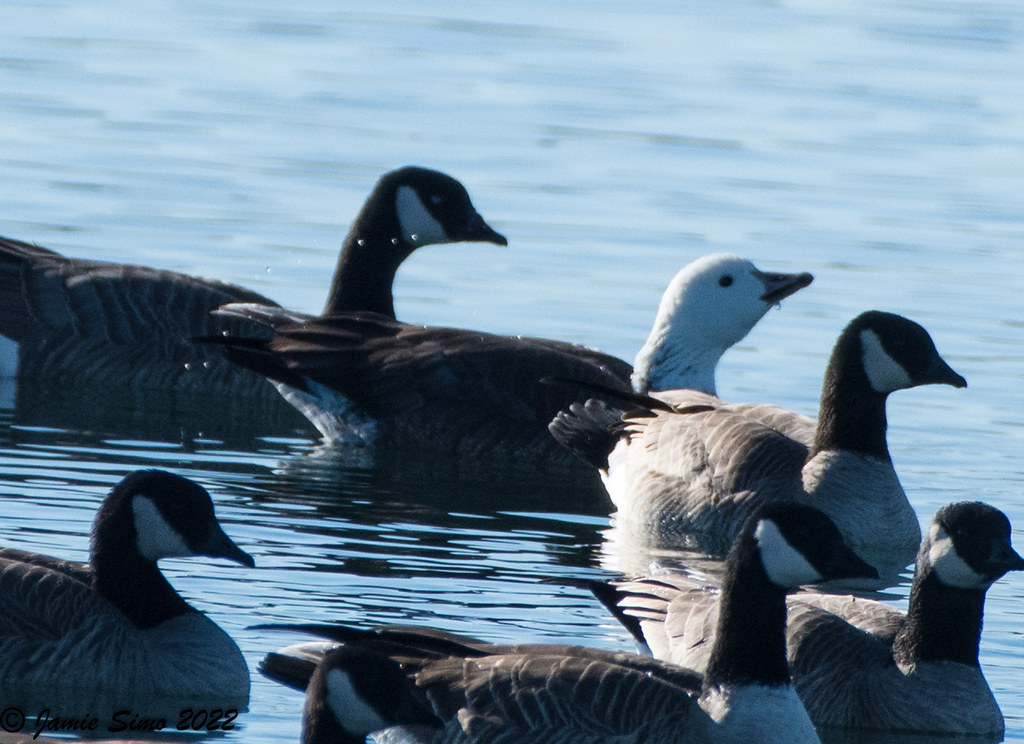
Other species of note were an adult Bald Eagle, Ruddy Ducks, and American Tree Sparrows, a winter migrant. A great morning!
Frederick Lake (Milavec Reservoir) & Recreation Area
Dec 10, 2022
24 species
1 Greater White-fronted Goose
300 Cackling Goose (Richardson’s)
1 Snow x Cackling Goose (hybrid) — Pictures to follow
100 Canada Goose
1000 Cackling/Canada Goose
200 Northern Shoveler
1 Bufflehead
13 Common Goldeneye
3 Ruddy Duck
4 Rock Pigeon (Feral Pigeon)
3 Eurasian Collared-Dove
1 Ring-billed Gull
1 Cooper’s Hawk
1 Bald Eagle
2 Red-tailed Hawk
1 Downy Woodpecker
3 Northern Flicker
2 Northern Flicker (Yellow-shafted x Red-shafted)
3 Blue Jay
1 Horned Lark
8 European Starling
40 American Robin
1 American Goldfinch
7 American Tree Sparrow
2 Dark-eyed Junco
1 Song Sparrow
3 Red-winged Blackbird



